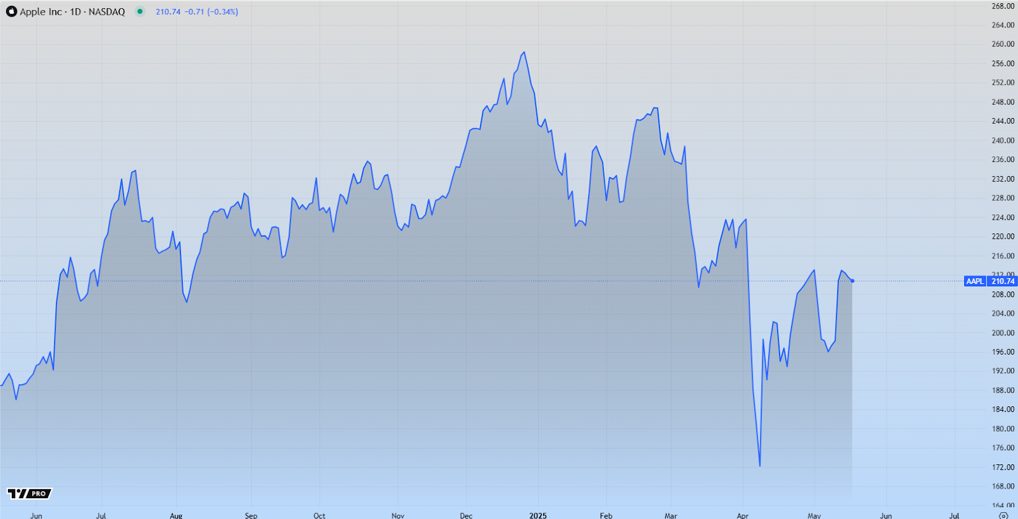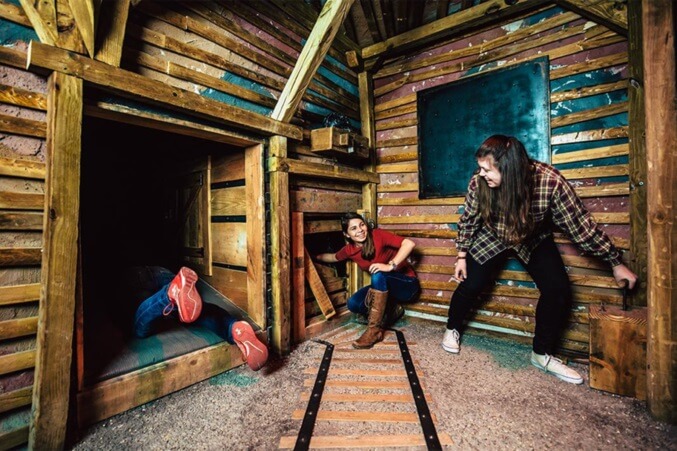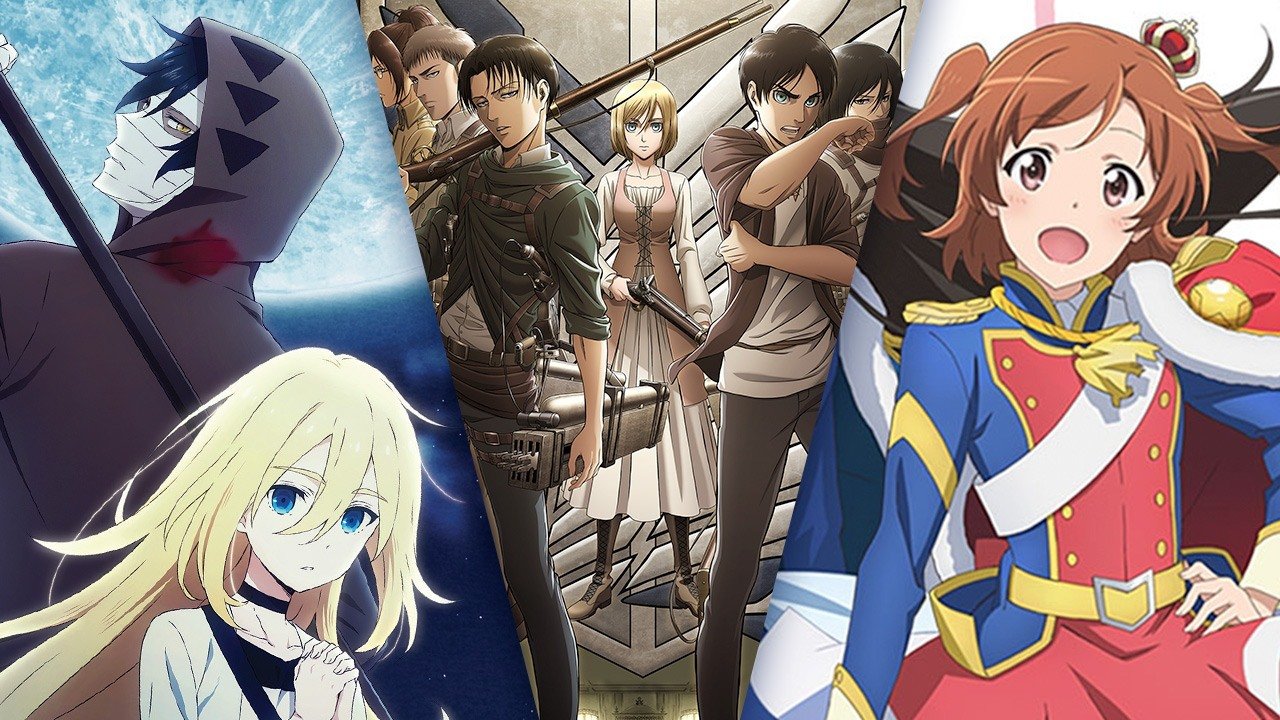At long last, the successor to CS:GO is finally with us – Counter-Strike 2 entered public beta in April ahead of a general summer launch. Few games have had such an impact on the growth and development of global esports like Counter-Strike: Global Offensive.
Alongside Dota 2 and League of Legends, CS:GO has long sat as part of a holy trinity of S-tier esports. Its headline tournaments are among the best attended and spectated esports events in the world today; it is home to many of the top teams and athletes in the community; and, what’s more, it enjoys the most lucrative and diverse digital item economy in the world.

Comparison platform OddsChecker, which provides odds and offers on esports events, even cites it as one of their best performing metrics by volume since 2020. All of this is to say that a successor to this title is big news, both for fans of tactical FPS games, and for the wider esports sector at large.
CS2 has reportedly been in development for 3 years, and has sought to preserve much of what makes Counter-Strike so compelling as a competitive title, while simultaneously delivering on widely requested modernizations, quality of life improvements, and visual upgrades.
Fortunately, Valve appear to have listened to their fanbase and delivered a package that accomplishes these goals and safeguards the franchise’s preeminent position as the world’s top twitch-based competitive shooter, seeing off challengers to the throne such as VALORANT and Rainbow Six: Siege.
But what major changes is CS2 bringing to the table? Let’s take a look at the most critical of these below.
Sub-tick Rate Servers
One of the most important aspects of delivering a quality online multiplayer game is ensuring that it can run to the lowest latencies achievable. This is a complex issue, as local hardware and internet speeds can impact how quickly a game can update its global state.
While developers have little control over these aspects, there is something they can do to improve the response time of their titles – and this is improving tick-rate. Tick-rate is effectively a measurement of the number of times per second a game updates its state based on the individual inputs and actions of its players.

A high tick rate can often result in missed head-shots and other mistakes brought on by lag. This can erode trust in a game’s validity as a competitive platform. When VALORANT launched in 2020, much was made of its 128hz servers, which updated significantly faster than CS:GO’s 64hz ones. For CS2, Valve has introduced a new ‘sub-tick’ protocol that combines more information together within each server packet, effectively bringing its servers in line with the fastest of its rivals.
Dynamic Smokes
Smoke grenades are a core component of Counter-Strike’s gameplay loop, though many criticized CS:GO’s implementation of them. Smokes clipped through walls, did not interact with their environment, and lacked realism.
For CS2, Valve has introduced new dynamic smoke effects. Not only do these new smokes detect objects and expand around them, but they can be influenced by players who can shoot through, or even clear patches of smoke using conventional grenades. This is set to markedly impact the way area control is deployed in this game, shaking up existing tactics and rewriting the meta.
Visual Upgrades Galore
CS2 also delivers on a wish to improve the graphics of CS:GO – after all, the latter is now ten years old and is showing its age. CS2 has improved textures, increased brightness and better contrast – all of which will have a direct impact not only on aesthetics, but actual gameplay.
CS2 is also rolling out several tiers of map upgrades. The first of these are Touchstone maps – these have been rebuilt in the new engine, but have retained all existing assets and features. Next are Upgrade maps – these will get a more extensive visual upgrade, incorporating new lighting effects and objects. Finally we have Overhaul maps, which have been totally rebuilt from the ground up and will come with many new surprises and features.








